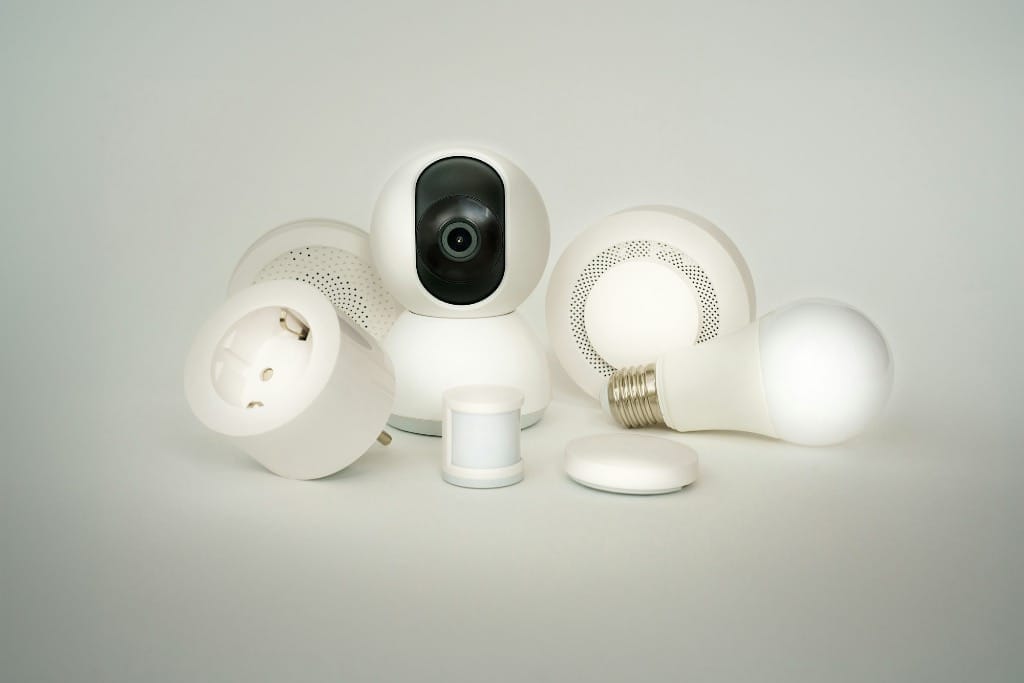Open Technology Institute’s ‘Third Way’ for Spectrum Sharing
The group proposed expanding low-power, indoor use to more bands.
Jake Neenan

WASHINGTON, Nov. 26, 2024 – The New America Foundation has an idea for getting more users on the finite and increasingly congested supply of spectrum: low-power, indoor-only use.
The think tank’s Open Technology Institute proposed in a new report Monday considering allowing such use, which they call LPI, on an unlicensed or licensed-by-rule basis in bands already occupied by incumbents, particularly federal users. That could look like a blanket authorization or approving specific kinds of facilities that meet certain requirements, the report said.
OTI argued it could open up airwaves to factories, hospitals, high-traffic event venues while avoiding harmful interference to incumbents.
“Frequency bands that can accommodate additional uses indoors without undue risk of harmful interference to band incumbents offer the equivalent of a spectrum ‘free lunch’ that can potentially spur innovation and meet the rapidly growing demands of venues and enterprises for direct access and control of wireless bandwidth,” the group wrote.
The report was authored by OTI’s Wireless Future Project Director Michael Calabrese and Policy Analyst Jessica Dine.
They noted that the framework would need to be applied on a band-by-band basis, with tweaks depending on the propagation characteristics of the band and what the current licensees are using it for.
The proposal is relevant to the National Telecommunications and Information Administration’s national spectrum strategy, which involves studying nearly 2,800 megahertz of government spectrum for potential repurposing. Calabrese said the group presented a version of the report to the agency last month.
“Because of its emphasis on sharing, the National Spectrum Strategy studies of large bands currently occupied by the military and other federal users should, at a minimum, identify substantial opportunities for indoor, LPI-type commercial use,” OTI wrote.
The group argued for implementing LPI sharing in five federal and military bands, amounting to about 1,675 megahertz. Three of them are currently being studied as part of the spectrum strategy.
Those include the 7125-7250 MHz, 7250-7750 MHz, and the hot-button lower 3 GHz band. The wireless industry has been eyeing the latter for 5G networks, but the Defense Department has maintained clearing the band for exclusive licenses or even instituting a sharing regime like the Citizens Broadband Radio Service would be too difficult to accomplish in the short-term.
“Although a dynamic coordination system should enable DoD to share at least portions of the band for low-power use outdoors – as the U.S. Navy does currently with CBRS on 3550–3650 MHz – a broader underlay authorization for LPI use should be considered as an option for this band,” OTI wrote.
The Federal Communications Commission adopted a similar framework for the 6 GHz band in 2020, allowing very low-power, indoor use on an unlicensed basis, in addition to higher power, outdoor users.
The agency began taking comments on sweeping updates to the CBRS system in August, and while potentially increasing the maximum power levels generally generated a lot of heat, the FCC also floated allowing something similar to LPI on a general access basis.










Member discussion